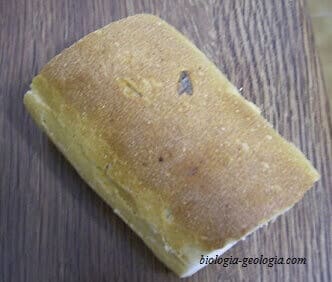Food preservation techniques
There are many techniques that allow you to preserve and extend the life of food:
Dehydrating products
Water is necessary so that microorganisms can proliferate in the food. By removing the water from the food or replacing it, the food will last longer. Some examples are:
- Salting: It consists of adding salt ( sodium chloride ) to the food and letting it dry, since microorganisms cannot live in places with a high concentration of salt (cod, ham, etc.).
- Sugar: When sugar is in high concentration, it allows the preservation of food (syrup, jams, etc.).
- Vinegar: Acetic acid acidifies the environment favoring conservation (pickles, onions, pickles, etc.).
- Smoking: The smoke from certain firewoods is used to preserve food (salmon, bacon, etc.).
- Alcohol: Good preservative when food is allowed to marinate for a certain time (fruits).
Preservation by drying or dehydration
By removing water from food, the proliferation of microorganisms is prevented. The food can be left to dry in the sun (fish, fruits) or in specialized ovens (powdered milk, condensed milk).
Vacuum packed
With vacuum packaging, water and air are removed from the food packaging, creating conditions in which microorganisms cannot grow.
Irradiation
The irradiation of food consists of exposing the food to the action of ionizing radiation for a certain time so that microorganisms cannot develop. It is used in condiments and spices.
